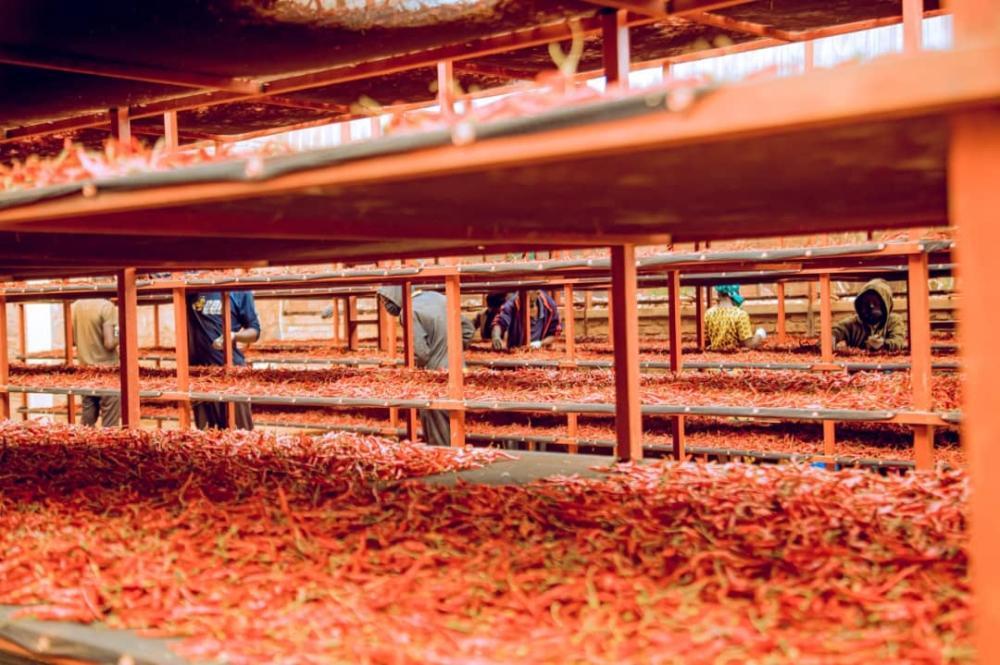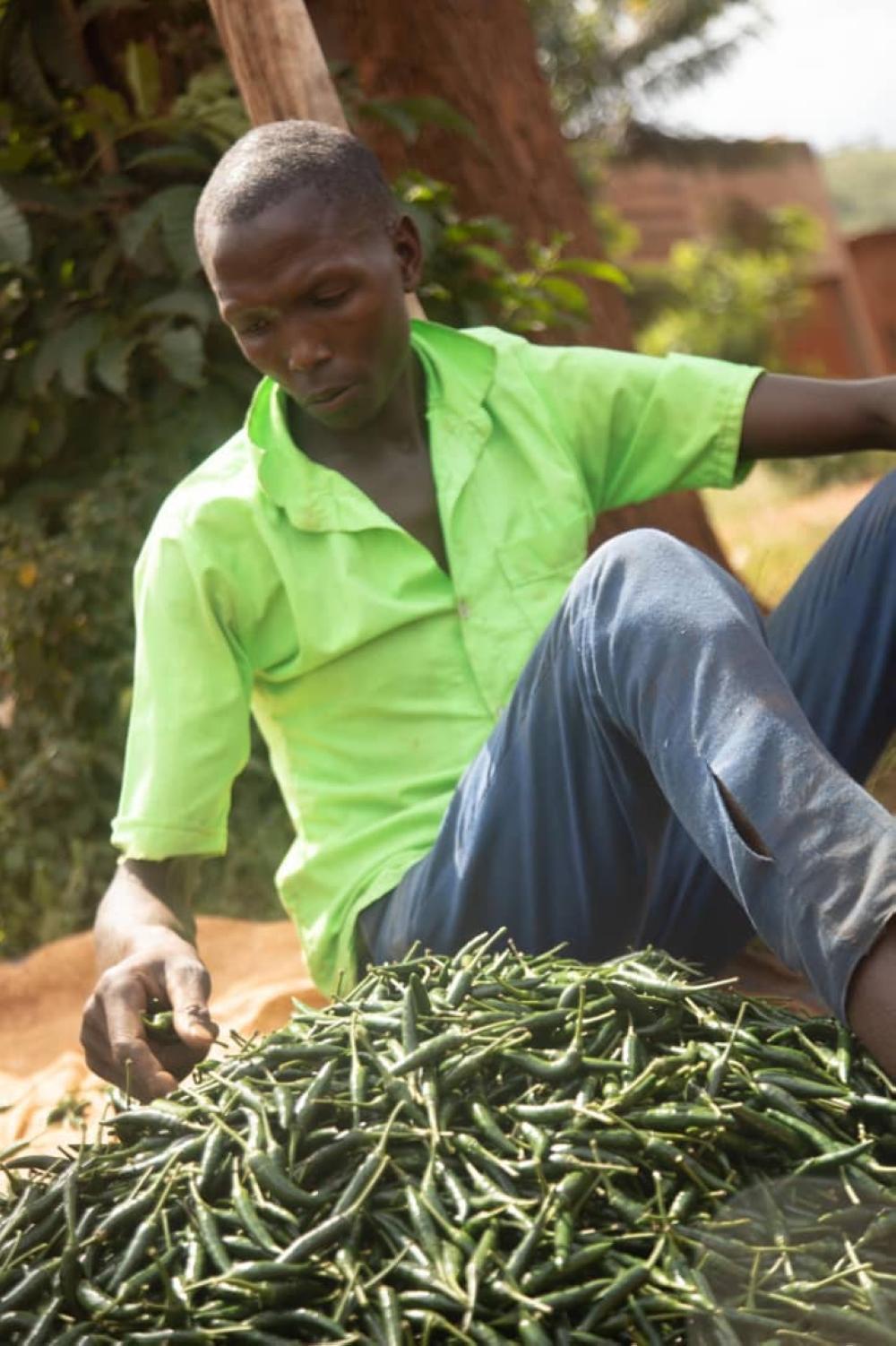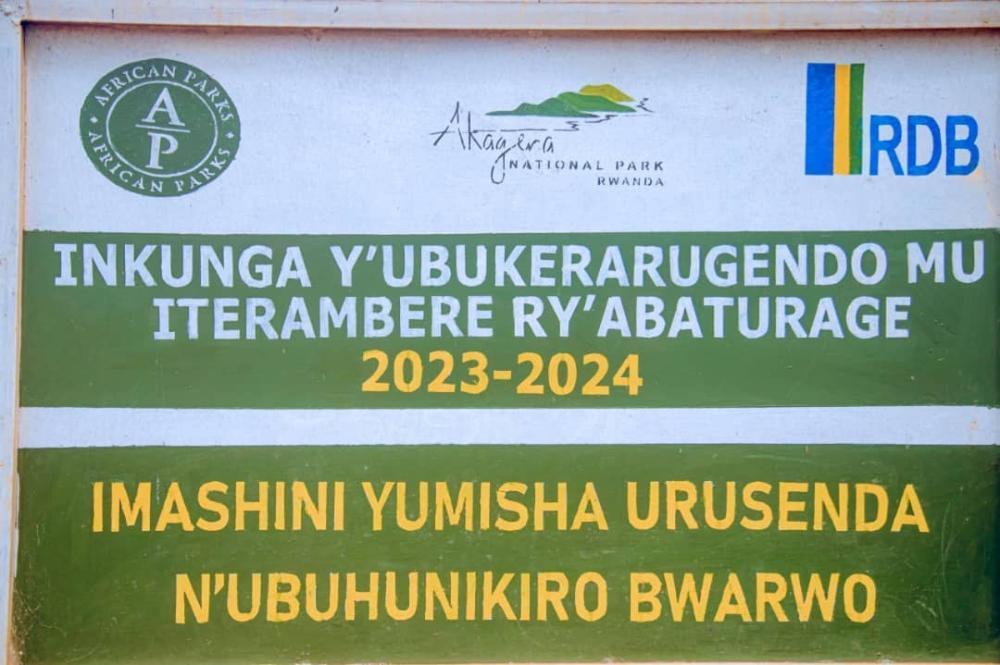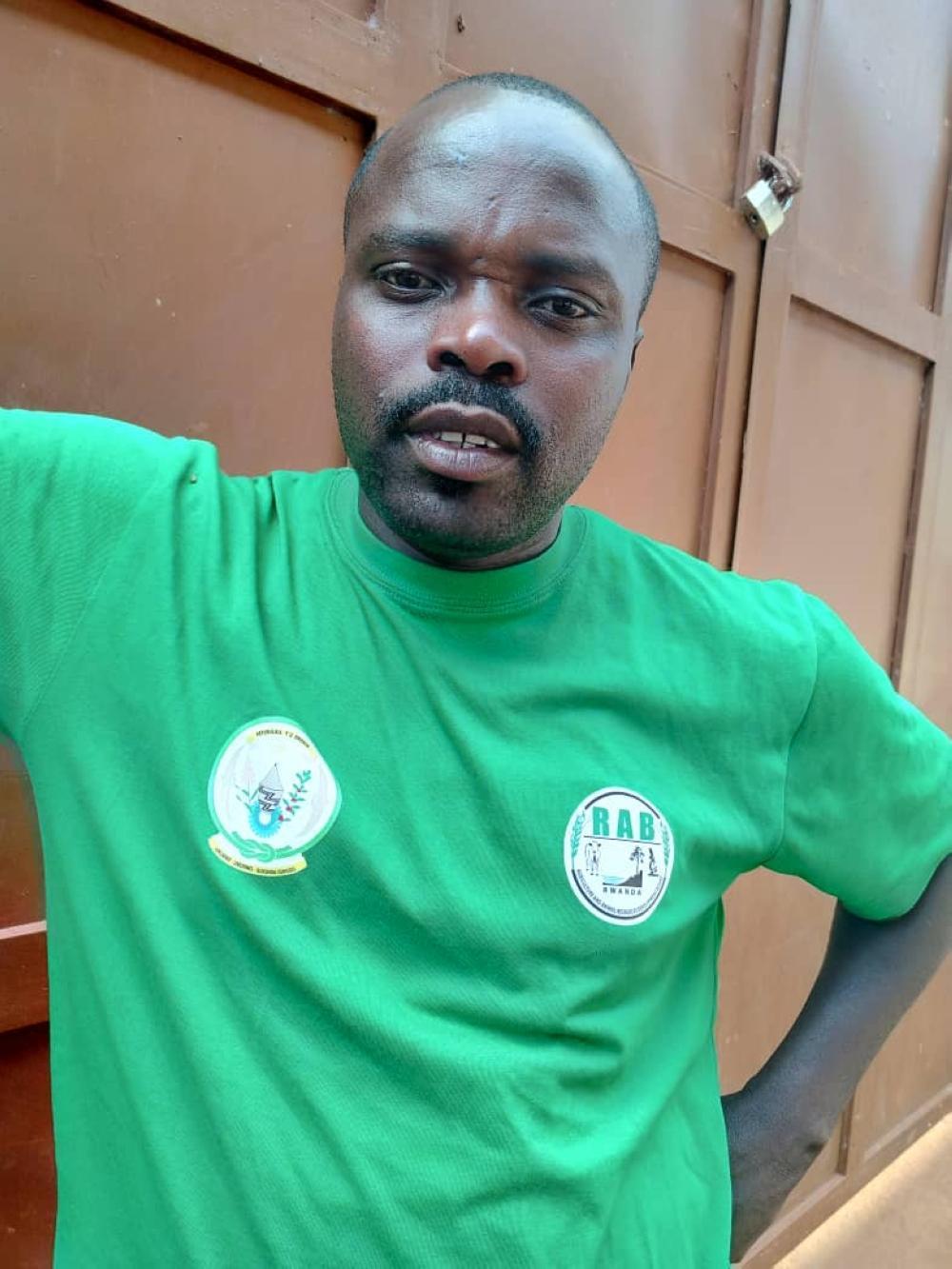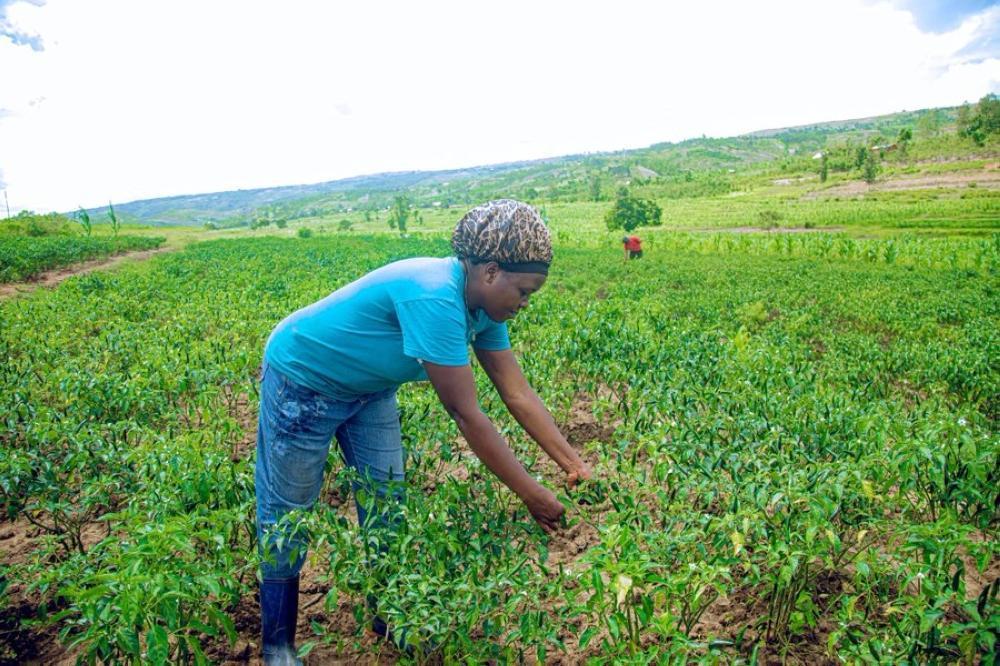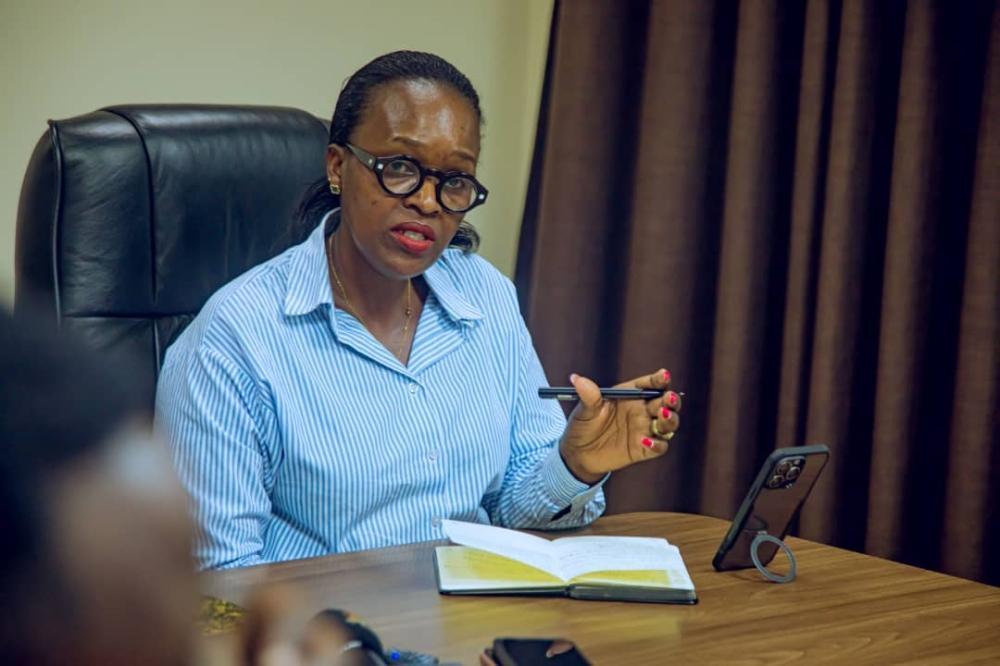Africa-Press – Rwanda. Chili farmers in Kayonza District are appealing for urgent government intervention after losing six tons of produce last season due to ineffective pesticides and unstable market prices.
Members of the GIKADINI Cooperative, which is a short form for Gira Ubuzima Bwiza Kabare Duhinga Imbuto n’Imboga (Live a Healthy Life in Kabare by Growing Fruits and Vegetables)—say the pesticides provided by their contractor have failed to control a disease devastating both fresh and dried chili crops.
They are now seeking access to more effective crop protection products, affordable seeds, and a stable market.
“This disease is devastating,” said cooperative president Venuste Nkundimana. “I recently spent Rwf 300,000 on pesticides—not counting fertilizers—but the crop still failed. I couldn’t even recover the wages I paid labourers.”
Farmers say, last season they lost six tons of chili in total and the disease still prevails.
Despite these challenges, Nkundimana says chili farming has allowed him to buy a motorcycle, two cows, two plots of land, and cover his children’s education.
Still, farmers face mounting pressures. One major issue is their dependence on private contractors who import high-cost chili seeds.
According to the farmers, Badaye (green chili harvested fresh) seeds cost Rwf5 million per kilogram, with no access to a public seed market.
Payments are deducted from farmers’ earnings after harvest, giving contractors control over pricing.
“There is no public seed market—it’s all through private contracts,” Nkundimana said. “The contractor sets the price, and we repay after harvest.”
The cooperative cultivates two chili varieties: Badaye and Teja (a red chili dried after harvest). Anne Marie Uwiragiye, one of the members, expanded her farming from 10 acres to one hectare and says a well-managed plot can yield 12 tons of fresh Badaye or 2.5 to 3 tons of dried Teja. She successfully secured and repaid a bank loan of Rwf 3 million.
Farmers are demanding minimum farm-gate prices of Rwf 1,000 per kilogram for Badaye and Rwf 2,000 for Teja. Currently, Teja sells for about Rwf 1,800.
The cooperative’s impact on the community has been transformative. Before chili farming, Kabare Sector faced high poverty and low health insurance coverage.
The cooperative received tourism development funds from revenue sharing in 2023-2024 to build drying facilities and acquire processing equipment
“Children were dropping out of school, and our health insurance coverage was among the lowest in the district,” Nkundimana said. “Now, people have renovated homes, subscribed to health insurance, and sent children back to school.”
Efforts to reach the contractor for comment were unsuccessful. However, Kayonza Vice Mayor for Economic Development, Hope Munganyinka, acknowledged the farmers’ concerns and promised follow-up.
“If a contractor supplies seeds, they must also ensure the appropriate treatment is provided to guarantee quality yields,” she said, adding that the cooperative and contractor should first seek to resolve the matter directly.
Munganyinka noted that the district’s initial support to the chili farmers focused on reducing post-harvest losses. “Through tourism revenue-sharing funds in 2023–2024, the cooperative received support to build drying facilities and purchase processing equipment.
We’ll follow up with RAB (Rwanda Agriculture and Animal Resources Development Board) to investigate the disease and identify solutions.”
With over 76 percent of Kayonza District residents employed in agriculture, the cooperative’s challenges reflect broader sectoral needs.
Farmers are now urging the government to implement seed certification systems, offer subsidies, and regulate markets to sustain the chili industry’s viability.
Founded in 2017, GIKADINI started as a small farming group with just 50 acres of land, growing onions, carrots, and eggplants. Yields were low until they shifted focus to chili farming. Registered as a cooperative in 2019 with six members, GIKADINI has since grown to 87 members—26 women, 45 men, and 16 youth—farming over 180 hectares.
Last season, the cooperative produced more than 600 tons of fresh chili and 38 tons of dried chili, according to Nkundimana.
This disease is devastating. I recently spent Rwf 300,000 on pesticides, not counting fertilizer. The crop still failed, and I couldn’t even recover wages paid to laborers, said cooperative president Venuste Nkundimana.
Anne Marie Uwiragiye, who expanded from 10 acre to one hectare, says proper care can yield 12 tons of fresh Badaye or 2.5-3 tons of dried Teja per hectare. She is now worried ab her harvests due to the disease
Hope Munganyinka, Kayonza’s Vice Mayor for Economic Development, acknowledged the farmers’ concerns and promised district follow-up. She was speaking to journalists last week
For More News And Analysis About Rwanda Follow Africa-Press

